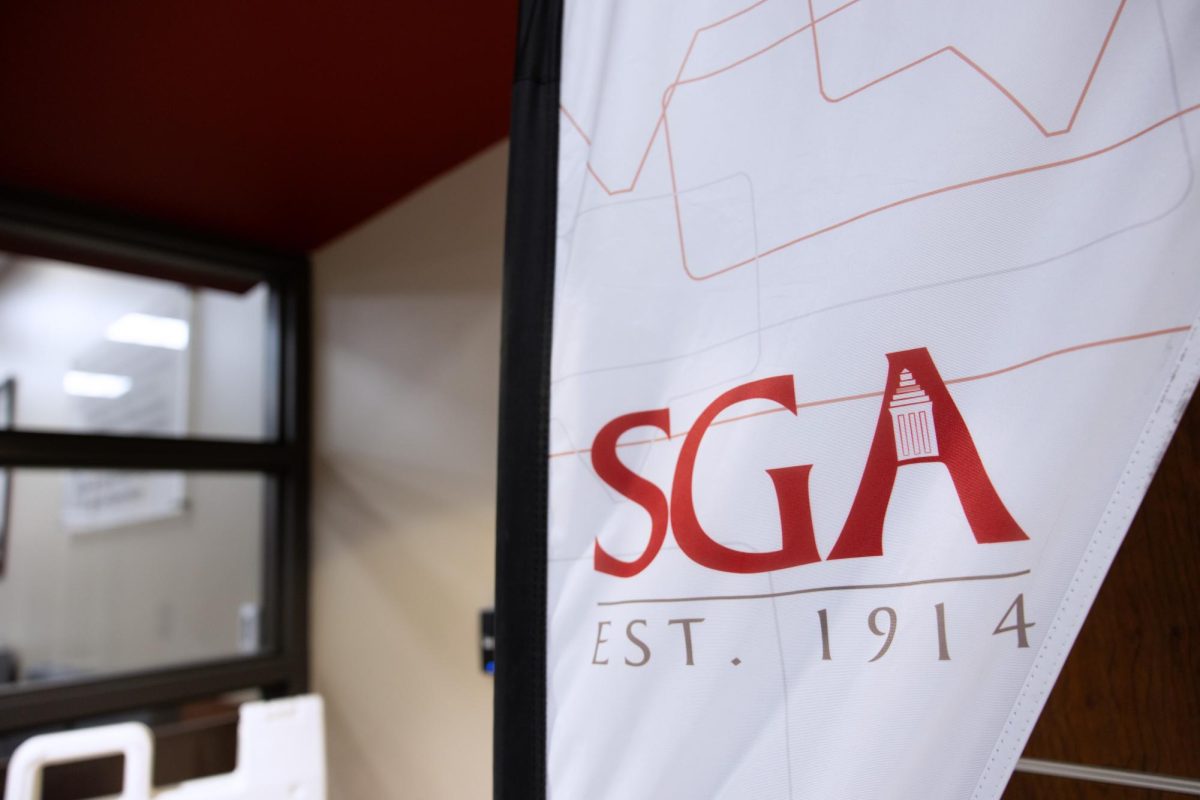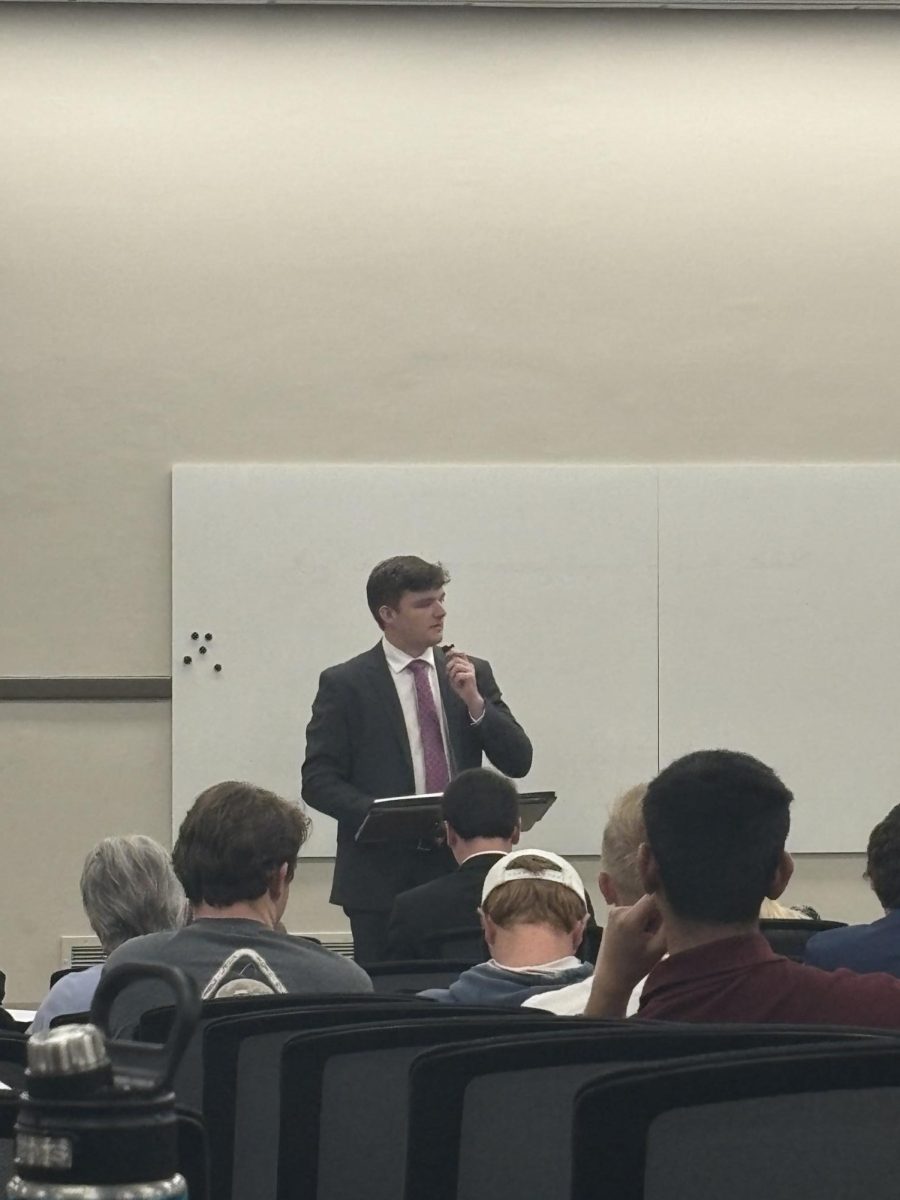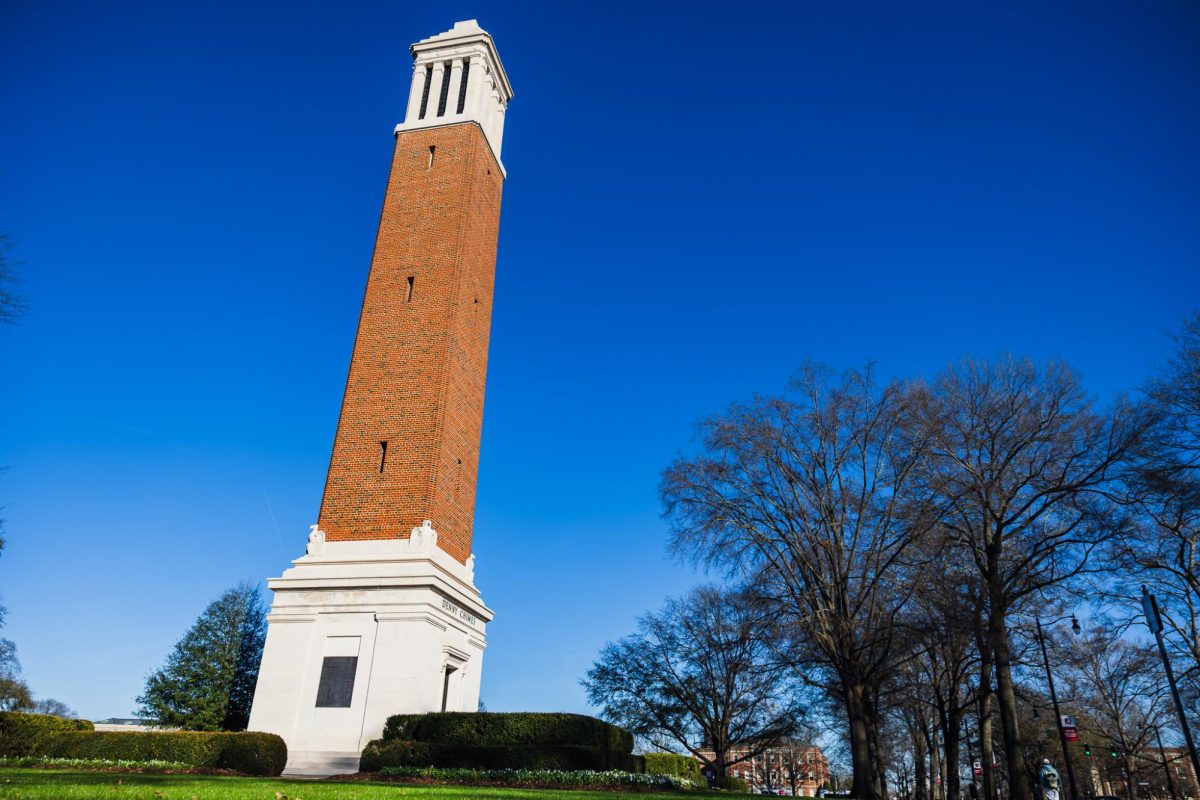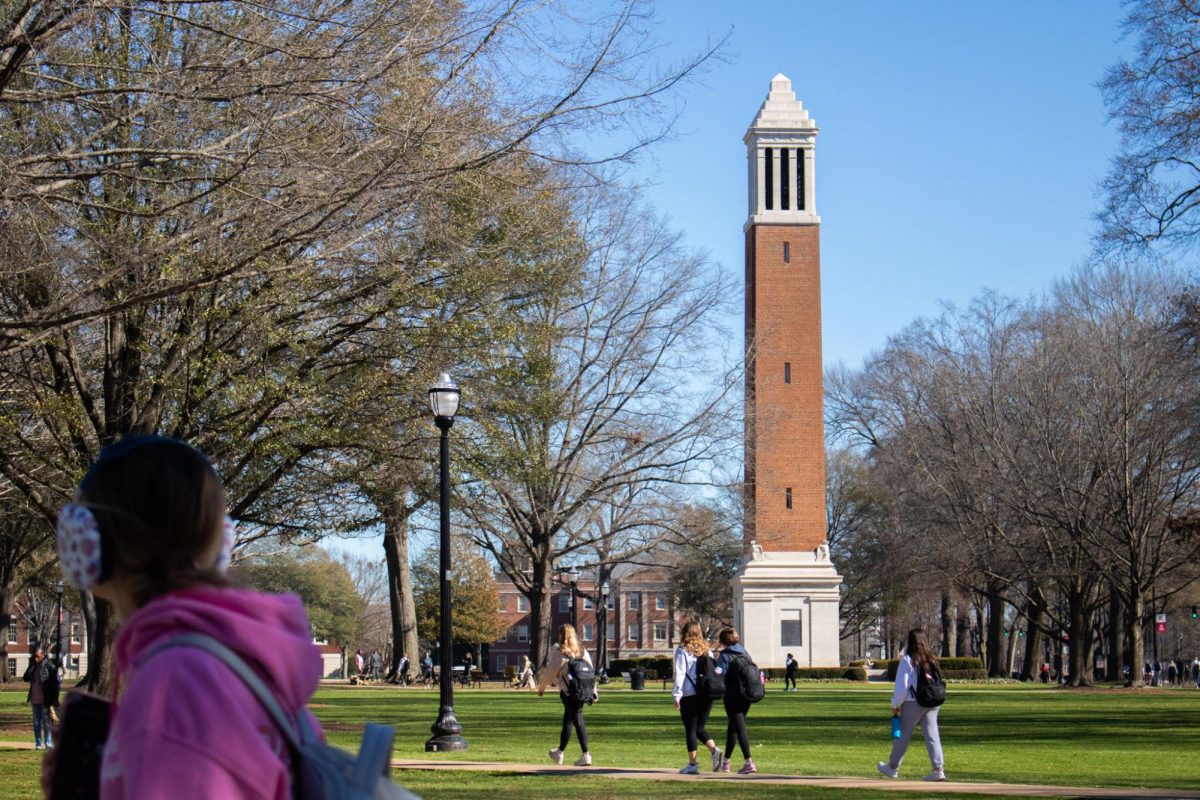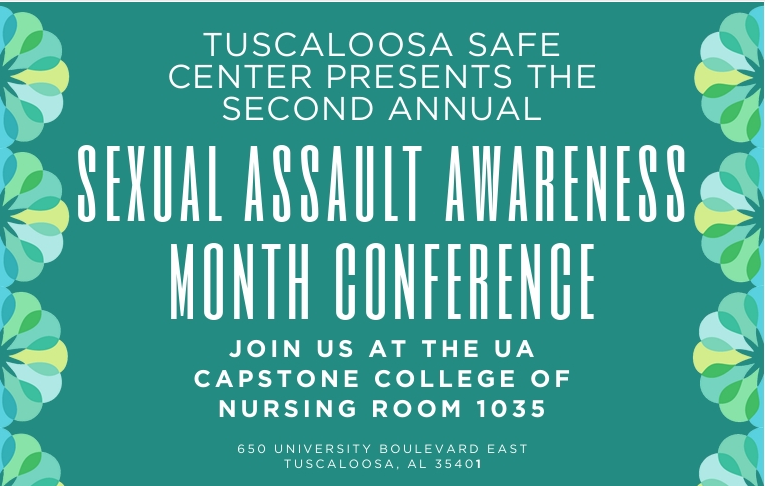Alabama has the worst economy in the Southeast, according to research conducted by the Federal Reserve Bank of Philadelphia.
For two years, Alabama has had the worst economy in the region, based on the state’s total number of jobs, unemployment rate, total wages and the total number of hours worked in manufacturing.
The Federal Reserve Bank of Philadelphia calls these combined statistics “the state coincidence index.” The coincidence index indicates the economic standing of each state.
The study also suggests Alabama has the fourth worst economy in the United States, only ahead of Alaska, Hawaii and Michigan.
David Bailey, a senior majoring in finance, believes Alabama’s economy is at a low point but questions the validity of the Federal Reserve Banks’s study.
“The Federal Reserve is really not that great at measuring statistics,” Bailey said. “They like to act like they are because they’re the Federal Reserve and all, but they don’t. They miss stuff all the time.”
Bailey also said the surveying process the Federal Reserve Bank uses to gather its information produces inaccurate results. According to Bailey, the data collection is done via surveys, and the Federal Reserve only receives replies from a small percentage of the companies they send the surveys to.
“It is a biased process because it’s not like it is a truly random sample. It’s only a sample of those that respond back,” Bailey said.
In addition to only collecting a small, non-random sample of data from surveys, Bailey said the Federal Reserve can only report legal data obtained from legal businesses.
“Businesses that function in the gray market, small businesses that don’t want to pay money to the government in taxes or, specific to Alabama, any businesses run by illegal immigrants are going to be businesses that they can’t record or measure,” Bailey said.
Ahmad Ijaz, an economist with the Center for Business and Economic Research, agrees the study does not accurately portray the economy in Alabama.
“This survey really does not give you the whole picture of the state’s economy. There has been an enormous change in the structure of the state’s economy from 1992 to present,” Ijaz said. “We have had one of the fastest growing automotive industry in the nation beginning in 1993. We now have the capacity to manufacture almost 800,000 to 900,000 vehicles a year.”
Ijaz also believes the Federal Reserve’s unemployment numbers for Alabama are inaccurate, and the state has made strides following the recession in 2008.
“Since the beginning of the recession in early 2008, Alabama has faced challenges similar to other states, i.e. lack of income growth and sluggish job growth, but if you look at our unemployment rate compared to the rest of the nation, it is nowhere near the bottom,” Ijaz said.
Graham Byrd, a sophomore majoring in electrical engineering from Mobile, Ala., worked with the Economic Development Partnership of Alabama in the spring and summer, compiling and creating industry profiles for the EDPA database. He attributes Alabama’s economic hardships to the education system in the state.
“I would have to say the absence of available jobs and the lack of substantial skilled labor stemming from poor educational performance has the state caught in a rut,” Byrd said. “In comparison to the rest of the nation, Alabama’s traditionally underfunded and poor performing educational system remains just that. This adversely affects labor force, which in turn discourages industry, business and other economic opportunity from developing in Alabama.”
Bailey believes there are three steps Alabama can take now that will provide a growth spurt for the economy.
“We, without a doubt, need to get rid of the anti-immigration bills that we passed,” Bailey said. “They’re totally absurd, and any person that understands economics also understands that this protectionist economic policy is flawed. It would also recommend an exemption for regulation on businesses that make less than $100,000 per year. The last one, and this is just a no-brainer in my opinion, is to remove the certification requirements that must be issued by the state for certain industries.”
Although Bailey believes the economy in Alabama is doing poorly, he maintains that the state is not doing as poorly as the Federal Reserve Bank of Philadelphia suggests.
“Is the economy in the United States bad? Yes. Is it worse in Alabama? Sure,” Bailey said. “But do I think that it’s much worse here than it is in other states? No, I don’t think that.”



